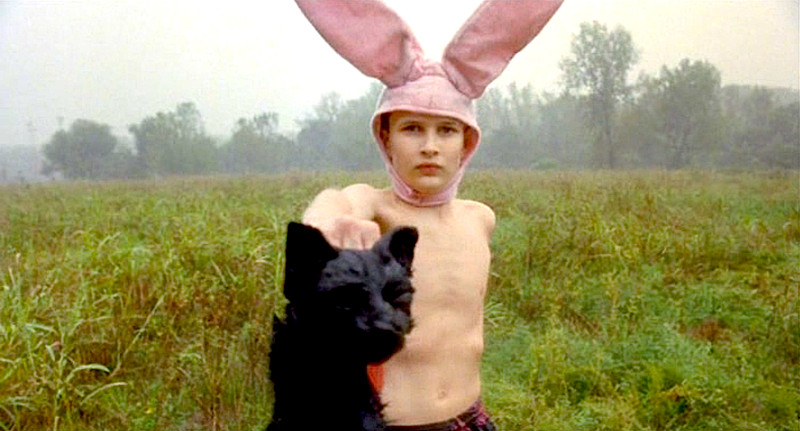
Cult is quite a wide spectrum in cinema. When we speak about cult films or cult classics, we basically refer to films that hold a strong and committed fanbase that cherishes them, follows them around in screenings, has watched them numerous times, quote them, et cetera.
Such can be independent films that have not been much appreciated by mainstream audiences at the time of their release, underground and “midnight” films that have been kept alive by a small yet determined number of followers. Some of these films gained wider recognition over time, resulting in the involvement of bigger distributors, while others stayed the exclusive obsession of their devoted.
Or they can be films that are meant to cause a disturbance to the large majority of people, and hence (that is if they serve their purpose right) will never be too loved by the average viewer. For some people loving them is enough for them and their makers to keep going, and a lot of people hating them means they are, in a way, successful.
Arthouse films that don’t follow a given and established form of structure and narrative often lack a plot in the traditional sense of the term, or are considered impenetrable to understand (and mainstream audiences have a fetishism with understanding) but offer a spectacular viewing experience and/or spiritual gratification, hold as well a strong position in the cult.
This list focuses on some fine representatives of all the above categories, which have managed to defeat time and establish themselves as cult classic masterpieces.
10. The Masque of the Red Death (dir. Roger Corman, 1964)
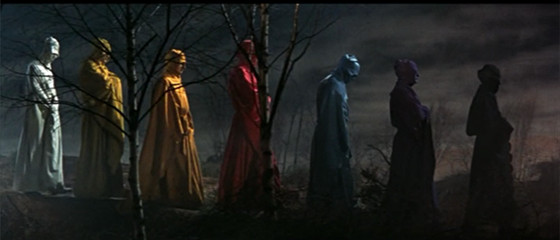
A village in medieval Italy is “visited” by the Red Death, resulting in the spread of a deadly plague to the peasantry. Prince Prospero (Vincent Price) is a Satanist who holds dominion of the village’s area and lives in a remote castle. He abducts Francesca (Jane Asher), a young girl from the village and her father (Nigel Green) and lover (David Weston), who haven’t been infected yet, and takes them to his castle. He invites a number of local aristocrats too, offering them shelter from the Red Death, as he believes that he can’t enter his castle.
“The Masque of the Red Death” is based upon Edgar Allan Poe’s 1842 short story of the same name, and partially on another 1949 tale by Poe called “Hop-Frog.” It is the seventh out of a total of eight film adaptations based on the tales of the American poet that “The Pope of Pop Cinema,” Roger Corman, made.
Corman’s film is all about the vibe and atmosphere with vibrant colors, well-made costumes, impressive sets, Vincent Price being Vincent Price (on a beautifully “sinister” performance) and an overall dark and haunting overtone.
A classical tale adapted into a classical film of its genre and a subsequent cult classic for the lovers of the kind.
9. Black Sunday (also known as The Mask of Satan and Revenge of the Vampire, dir. Mario Bava, 1960)
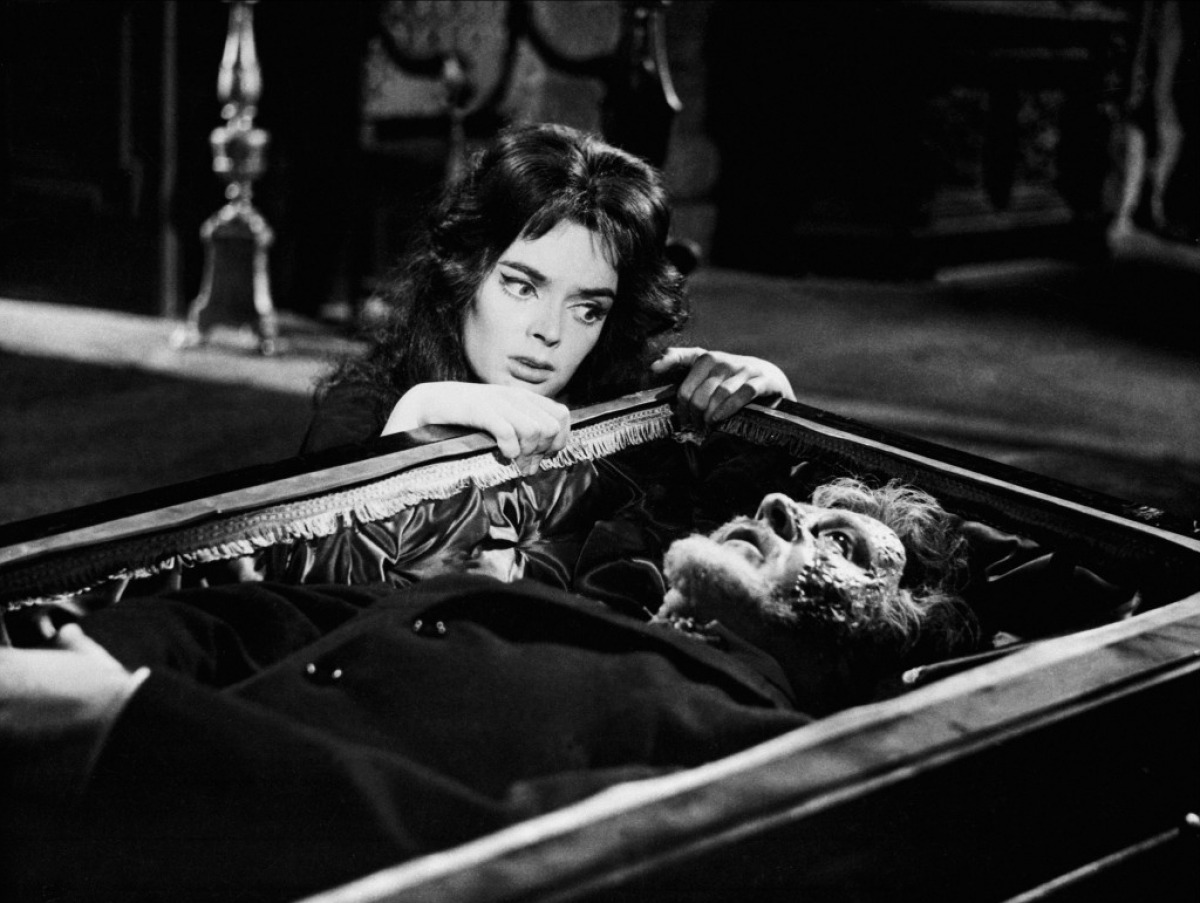
Asa Vajda (Barbara Steele) is burnt for being a witch together with her servant in the 17th century by her own brother, and before her death she puts a curse on him and his descendants. Two hundred years later, they both return from the grave, seeking for revenge. Katia Vajda (played too by Barbara Steele), whose similarity in appearance with the witch is striking, is now living with her father and brother in the castle which is supposed to be haunted. Asa’s plan is to possess Katia’s body and through that, regain her youth and beauty and obtain immortality.
“Black Sunday” is loosely based on Nikolai Gogol’s short story “Viy.” For the time of its release, it was considered to be violent and horrifying, resulting in its ban in the UK until 1968. In general, it was early noticed that this fine piece of Italian gothic horror had the material to become a classic and establish Mario Bava among Italy’s most famous masters of horror. And it was true.
Bava’s film warns the viewer from the first few minutes, with a commanding opening scene of an outraged woman being burnt at the stake for sorcery, that they are up for something intense. It is exceptionally filmed in black and white, yet with impressive cinematography in terms of lighting and camera movement and with an amazingly directed set and scenery.
Steele’s acting is absolutely bewitching, and even the look in the actress’ big eyes is creepy. “Black Sunday” is definitely one of the most atmospheric horror films ever made, proving that terror actually emerges from the atmosphere. This is how truly horrifying scenes occur and this is how the real horror cinema, that which lasts in time as an infinite proud representative of its genre, is masterfully done.
8. Eraserhead (dir. David Lynch, 1977)
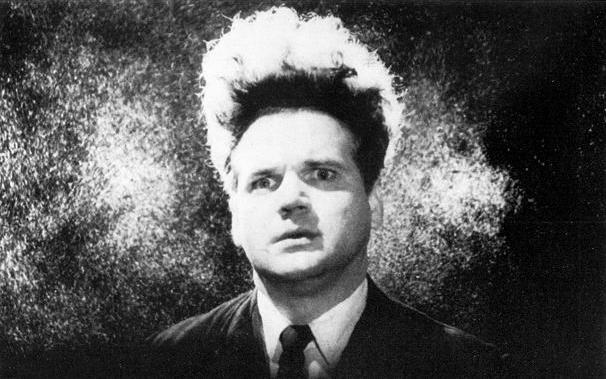
Everything about Henry Spencer’s (Jack Nance) everyday life is stressful and terrifying. A dinner with his girlfriend’s parents, his relationship with her and the baby the two of them have, which turns out as an inhuman, repulsive creature who cries constantly. His girlfriend can’t stand it and eventually leaves him alone to take care of the peculiar creature.
What comes next for Henry is straight paranoia. He experiences nightmarish visions of the Man in the Planet and dreamy visions of the Lady in the Radiator, and visualizes himself being decapitated from something that resembles his child. He feels as if his head is being turned into erasers.
“Eraserhead” was David Lynch’s first feature film, who directed, wrote and produced it when he was still a student at the American Film Institute. An experimental, surrealistic film with a strong presence of subliminal elements and sexual themes. Its nightmarish, mental feel and claustrophobic ambience is as intense and original as it can get.
The film’s sound design, done by Lynch and his sound designer Alan Splet, is also impressive. The industrial soundtrack and constant noise that accompanies a lot of the scenes, combined with the dreamy, floaty song “In Heaven” performed by the Lady in the Radiator, play a dynamic role in building the film’s unsettling atmosphere.
Incredibly beautiful in its dystopian sensation, “Eraserhead” is a cult cinematic masterpiece and one of Lynch’s best (if not his best) film.
7. Gummo (dir. Harmony Korine, 1997)
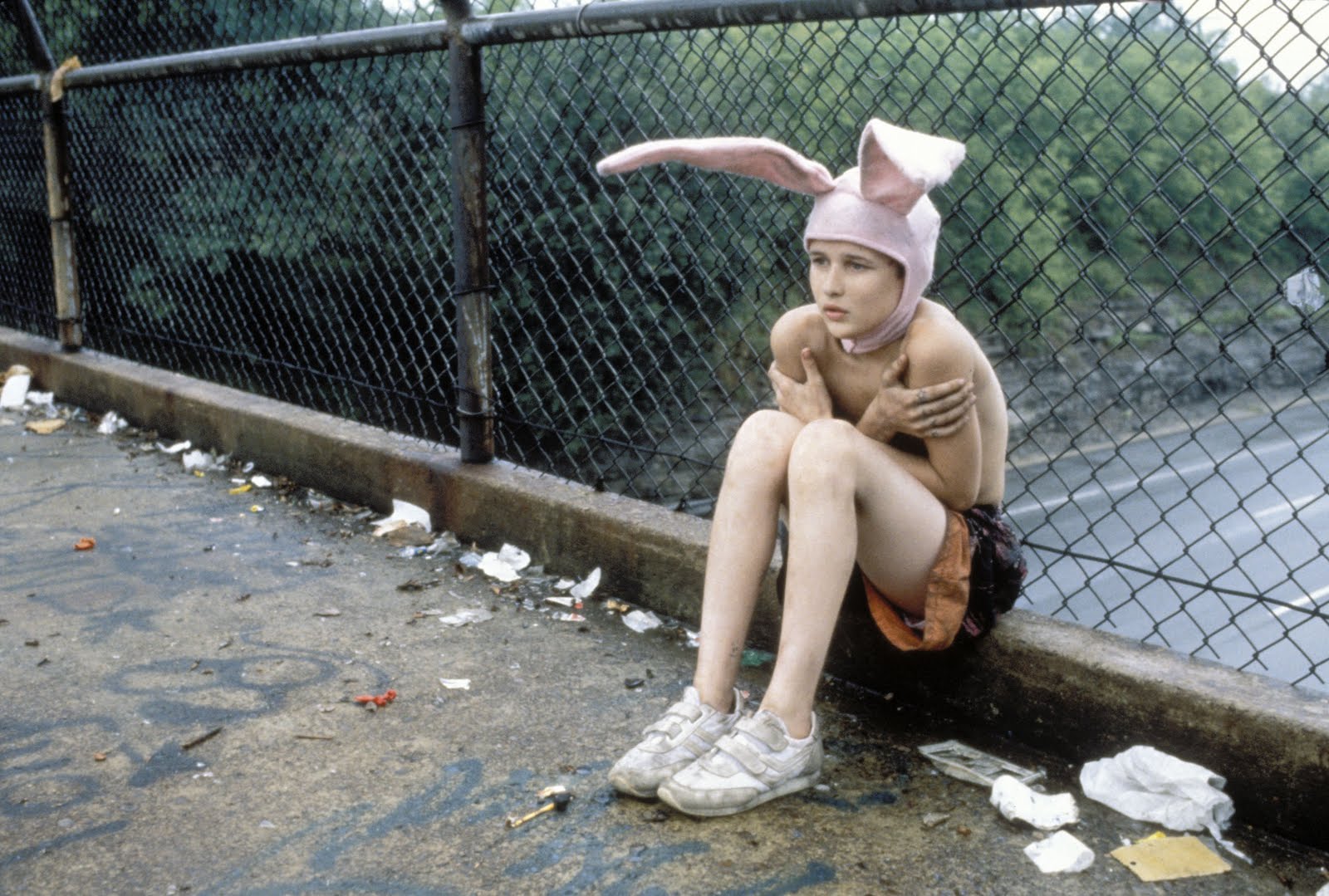
Xenia, Ohio is a small midwestern American town that has been struck by a big tornado. The camera follows Solomon (Jacob Reynolds) and Tummler (Nick Sutton), two teenage inhabitants of the poor town, wandering around its remains, trying to pass their time and make some money. The boys’ wandering is interrupted by the brief depiction of other inhabitants’ stories.
The main characters’ destructive behavior, including violence (they make their money by killing and collecting cats, for example), sniffing glue, paying for sex with a girl with Down syndrome as well as the film’s chaotic plotline and far from conventional narrative, mirror the chaos and disorder of the background landscape, that of a town which seems to be forgotten by God.
In his directorial debut, Harmony Korine created a portrait of a side of American society, which is dark, unsettling and often purposefully ignored, through the depiction of every society’s most representative part, its youth. Using mainly non-actors, his camera captures the events occurring in an almost documentary-like way. It seems as though he just films what is already happening without his interference.
“Gummo” is a deliberately off-putting, cynical film, almost exploitative, and that’s exactly where its immense originality lies. Its “meaning” is its form: it’s not about what is presented, but about the way things are presented. Korine doesn’t judge or beautify his subjects and characters: his film serves as a means to tell a disturbing story of unsettling characters, which, however, do exist. He doesn’t conclude in anything, nor suggest anything. That is utterly left to the viewer.
“Gummo” has been hated by a large majority of viewers and critics, but has developed a cult wave of devoted followers, viewers as well as filmmakers, who cherish the art of this kind of “annoying” realism and liberty in filmmaking.
6. Monty Python and the Holy Grail (dir. Terry Gilliam, Terry Jones, 1975)
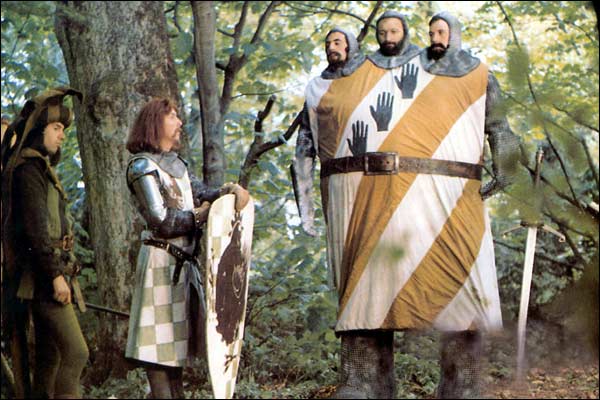
In 932 AD Britain, King Arthur (Graham Chapman) and his knights of the Round Table (John Cleese, Eric Idle, Terry Jones and Michael Palin), as well as his servant Patsy (Terry Gilliam) set off on a journey throughout the country in quest of the Holy Grail, as God has ordered them.
During their search for the Grail, they encounter various peculiar characters, like the Knights Who Say Ni, the Three-Headed Giant, the sexually “deprived” women of Castle Anthrax, the deadly Rabbit of Caerbannog, the repelling guard at the Bridge of Death who asks three questions, some modern-age policemen investigating the death of a historian, and other caricature characters.
The British comedy group Monty Python, who had already made an impression and had emerged into a phenomenon with their surreal sketch television show “Monty Python’s Flying Circus” on BBC in 1969, took the Camelot legend of Arthur’s search for the Holy Grail and turned it into a bizarre and originally funny parody, without overdoing it.
The film consists of comical surrealistic scenes, deliberate anachronisms, brilliantly silly dialogues and some fine cinematography work. Constantly stepping out of form and sarcastically cancelling itself, “Monty Python and the Holy Grail” is a delightful, caustic chivalry tale with the mark of the Pythons’ unique, witty British humor and style, which more than deserves its huge cult status and hype. Forty-three years after its release, it doesn’t cease to enchant and make audiences genuinely laugh.